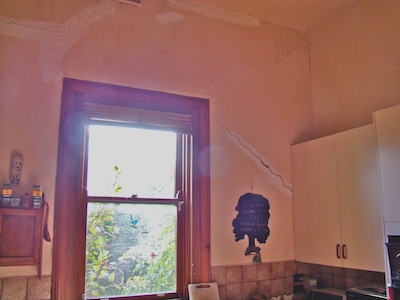Building on the RIGHT foundations
I have, on a number of occasions over the past decade, tried to explain the importance of building software, systems, national infrastructure, etc. on the right foundations. Other people who do this in the e-health arena often talk purely about the importance of standards and the analogy with the ‘rail gauge problem’ experienced in Australia since the states built there own rail infrastructure in isolation of the rest of the country. Yet others often talk about the need for open, non-proprietary software and systems that can evolve to meet peoples needs without ‘vendor lock-in’.
However, for me, the most important criterion is an engineering one – that of ensuring that a system’s infrastructure is based on solid foundations. First and foremost, any system infrastructure must perform its intended role, and do so safely, reliably and efficiently. This is often ignored or given a lower prominence than standards or openness. Particularly the former.
I have just returned home from an interstate trip. It is a beautiful, sunny, blue-skied Adelaide day, reminding me how lucky I am to live here. Thanks to the enthusiasm, dedication and hard work of my wife, we have a wonderful garden full of fruit trees, vegetables, herbs, flowers, shrubs and natives.

Our house is eminently liveable, but has one flaw – many of the walls are cracked, and despite spending thousands of dollars on repairs over the past decade, they continue to crack. There is simply nothing we can do to stop them.

A little over a century ago, when our house was built, the ‘standard’ building practice was to lay large, stone (in our case bluestone) foundations, and to build the walls of stone, brick or a combination thereof, upon these stone foundations. We have a stone fronted cottage with full brick cavity external walls. These walls move and crack with the cyclical expansion and shrinking of the clay soil each year. You see, our house is built on highly reactive terra rosa soil, and Adelaide’s mediterranean climate has very hot, dry summers countered by cool, damp winters.

I’ve sought the advice of builders and structural engineers, but to no avail. The foundations, ‘standard’ though they might have been at that time, are simply inadequate, and there is nothing we can do, short of bulldozing and building afresh.
I’d like to think that those of us involved in the great ‘e-health revolution’ could learn just a few lessons from yesteryear and perhaps, just perhaps, get the foundations right.